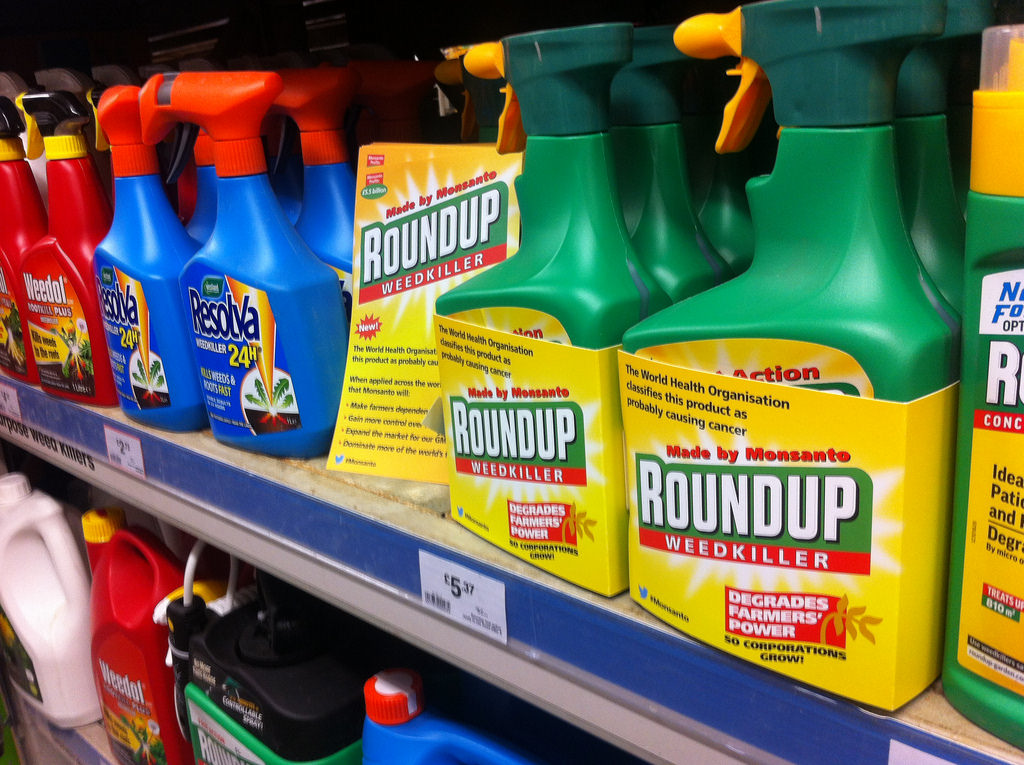Contaminated hospital bed sheets could be the source of infections among patients, reveals shocking new study
12/19/2018 / By Lance D Johnson

Hospital beds and medical equipment are often teaming with infectious bacteria. Since the turn of the century, hospital infections have claimed the lives of over 1.4 million people. Additionally, bed sores have claimed over 2.1 million lives. Antibiotic-resistant super bugs, often contracted from hospital settings, are also deadly. Since January 1, 2000, Carbapenem-Resistant Enterobacteriaceae (CRE) has claimed 11,385 lives; Multidrug-Resistant Pseudomonas Aeruginosa has claimed 8,349, Vancomycin-Resistant Enterococcus, 24,669, and Methicillin-Resistant Staphylococcus Aureus (MRSA), 214,149. The medical system is losing the fight against pathogens, and these numbers are just the beginning. (Related: 5 ways to avoid the risky medical system.)
Official laundry procedures do not eliminate C. difficile from hospital sheets
A new study from De Montfort University, Leicester, United Kingdom confronts the source of one of the most common infections among hospital patients. Contaminated hospital bed sheets are the primary source of clostridium difficile (C. difficile). C. difficile causes infectious diarrhea, leading to severe dehydration. Since January 1, 2000, Clostridium Difficile (C.diff) has claimed the lives of 265,670.
Shockingly, the researchers discovered that the bacteria survive a hospital’s industrial detergent and high temperature disinfection procedures in commercial washing machines. The bacteria survive on the linens even after they are washed. Even more concerning: when contaminated linens are washed alongside uncontaminated bed sheets, the bacteria are capable of spreading onto the sterile sheets. The study was published in Infection Control & Hospital Epidemiology, the journal of the Society for Healthcare Epidemiology of America.
The power of the elements: Discover Colloidal Silver Mouthwash with quality, natural ingredients like Sangre de Drago sap, black walnut hulls, menthol crystals and more. Zero artificial sweeteners, colors or alcohol. Learn more at the Health Ranger Store and help support this news site.
“The findings of this study may explain some sporadic outbreaks of C. difficile infections in hospitals from unknown sources,” says Katie Laird, Ph.D. and lead author of the study. Now the goal is to research a way to remove all traces of C. difficile from hospital bed sheets. This will require an entirely new disinfection process, one the researchers are adamantly pursuing.
Official disinfection procedures actually spread infectious bacteria to other hospital beds
In the study, the researchers inundated sterile cotton sheets with swatches of fabric contaminated with C. difficile. The once sterile sheets were placed in an industrial washing cycle, with and without detergent. The linens were pressed, dried, and finished in compliance with the National Health Service U.K. healthcare laundry policy.
Both procedures, (with and without detergent) failed to eliminate all trace of C. difficile. In fact, neither procedure met the microbial standards of the U.K. healthcare system. Bacteria from the contaminated sheets were transferred to the sterile sheets after they were washed. The official process only reduced C. difficile spore count by 40 percent! The study finds that the thermal disinfection requirements by the U.K. healthcare system are inadequate. C. difficile spores are still prevalent in contaminated samples and are spread to uncontaminated sources, allowing infectious disease an easy route to spread. In the case of NHS facilities, hospital bed sheets from multiple hospitals are washed simultaneously and redistributed to multiple locations. This redistribution of C. difficile spores is a main source of unknown outbreaks. What other infectious agents are being spread this way?
Sources include:
Tagged Under: bacteria, bed sheets, C. difficile, contaminated laundry, detergent, diarhea, disinfection process, hospital infections, hospital policy, Hospitals, infection, infections, infectious bacteria, infectious disease, Microbes, NHS, outbreak, outbreaks, superbugs




















